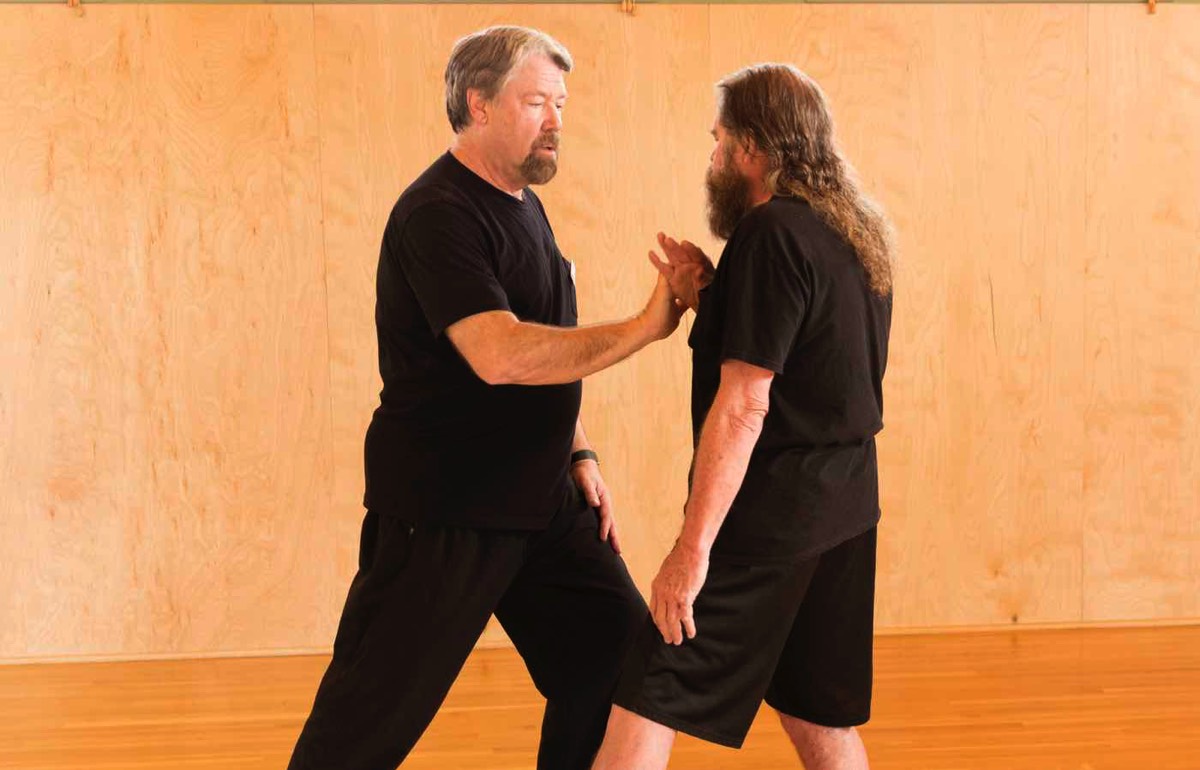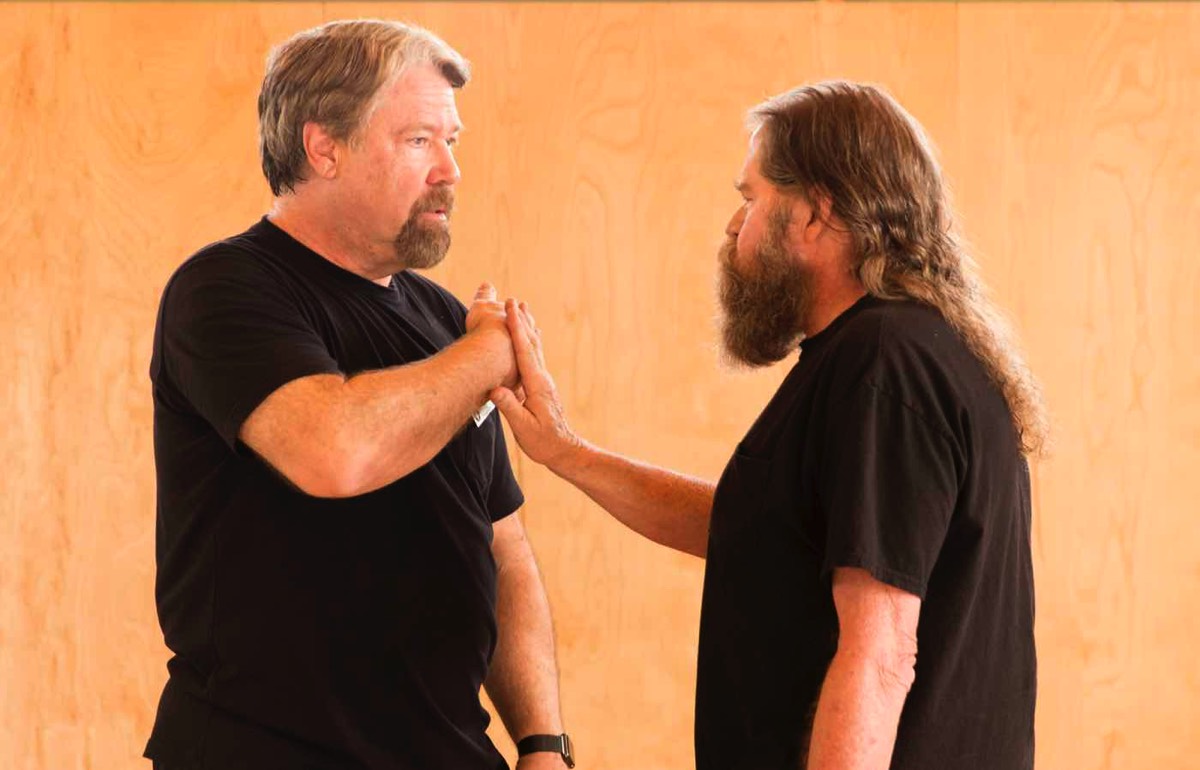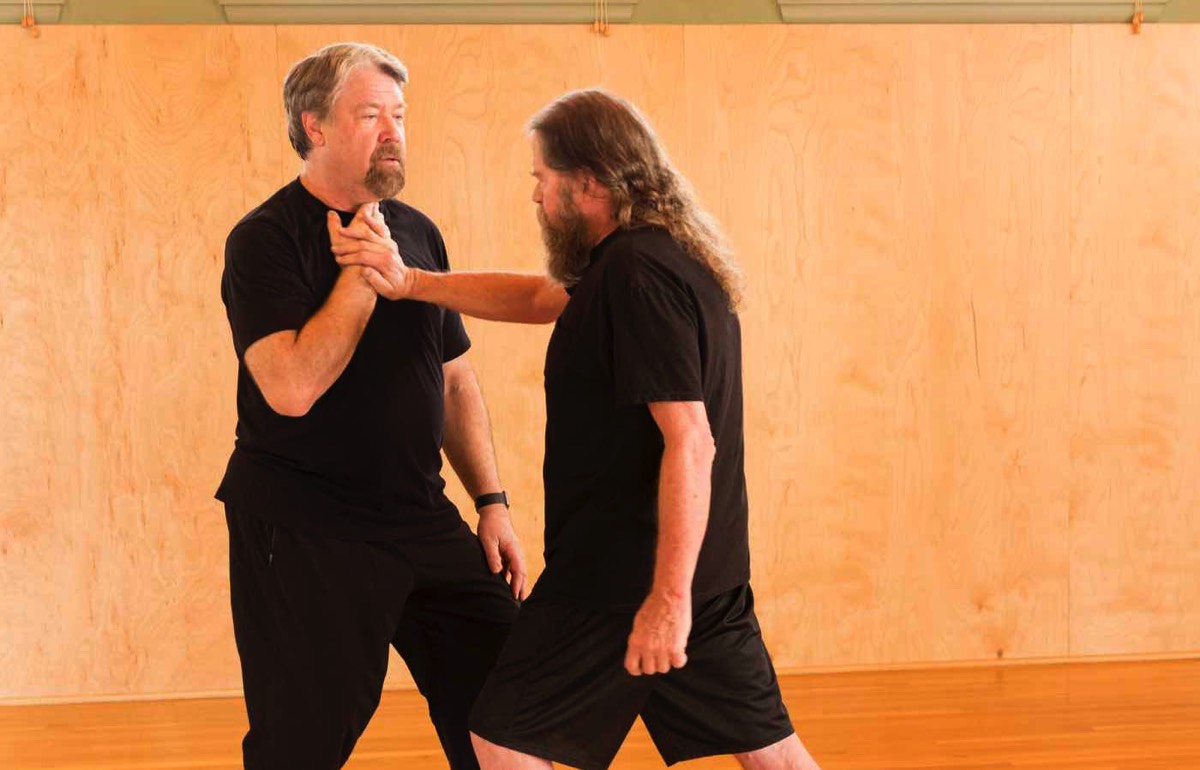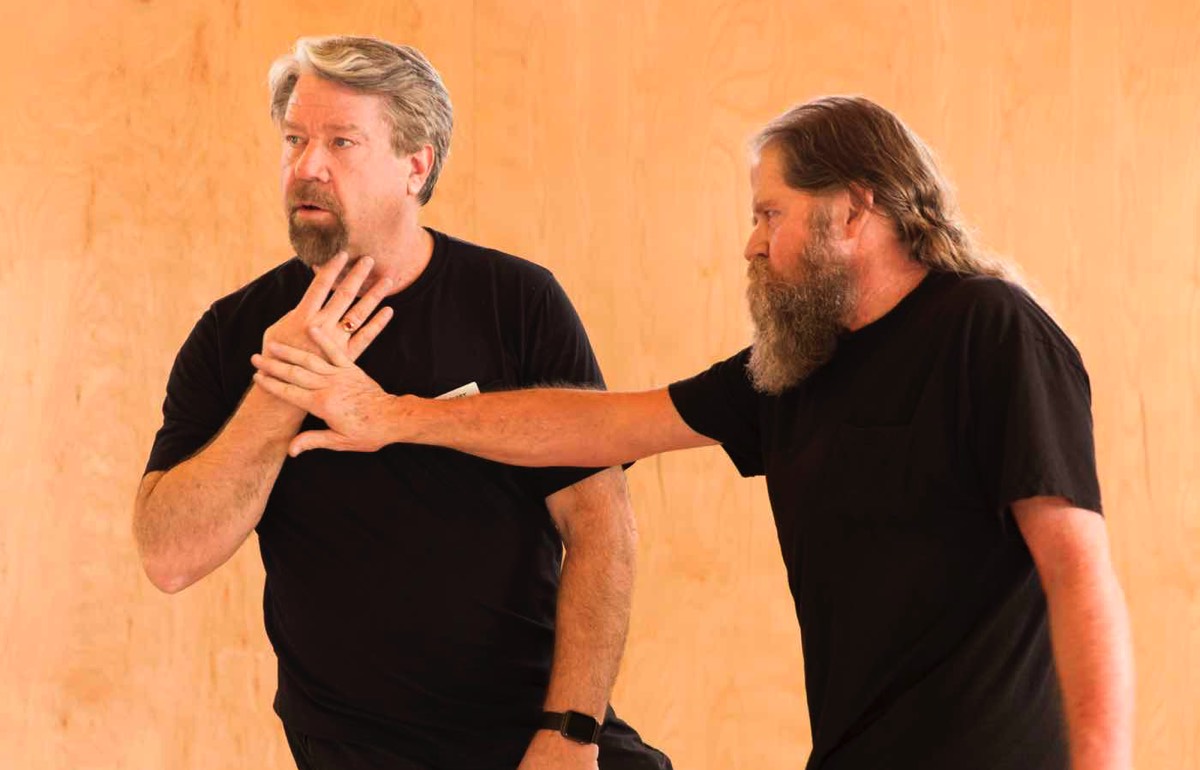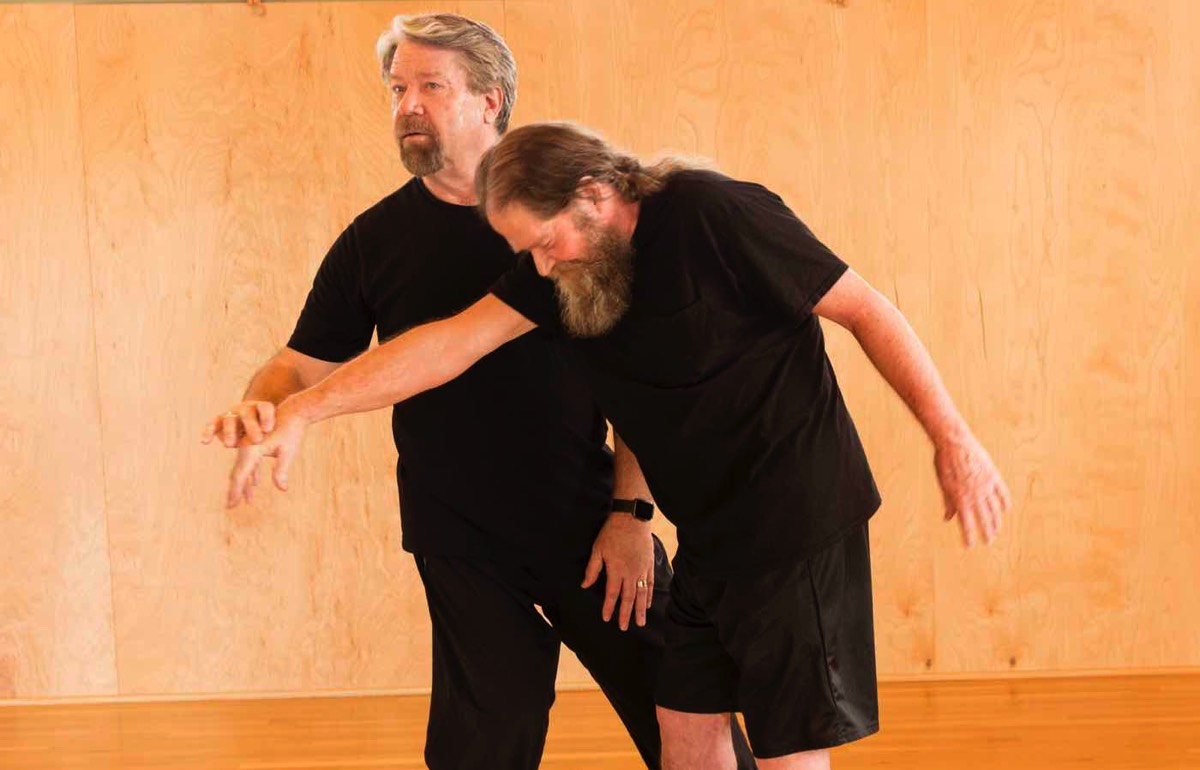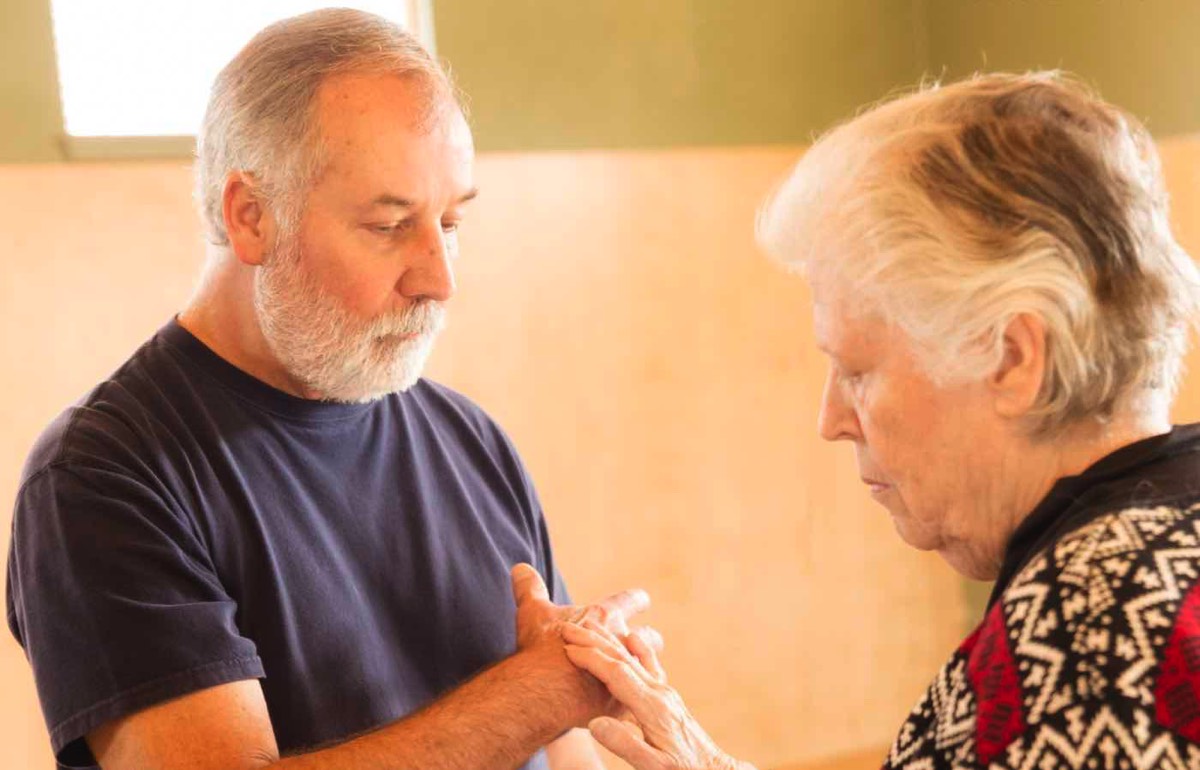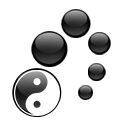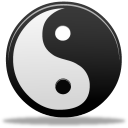
Sun Lu-t’ang, a master of the martial arts of bagua and hsingi, was 50 when he began learning a derivative of the Li (Hou) style. Sun developed his own version, characterized by small circular movements and high stances. These train practitioners to apply T’ai Chi in their normal walking position, rather than lowering the stance, as in a self-defense situation. Because one performs the postures in a normal walking position, the difficulty of getting into a lower stance is eliminated.
For this reason, many consider this the gentlest style, which makes it immediately accessible to the beginners, the elderly and those who have difficulty moving. At AYC, we teach a shortened 12-move version of Sun Style, developed by Dr. Paul Lam as “T’ai Chi for Arthritis”, as well as the Sun 73, also known as the Sun Long Form.
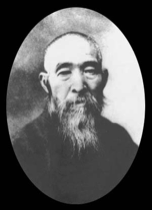
孫祿堂
Sun Lu-t'ang
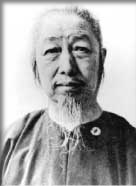
郑曼青
Cheng Man-Ch'ing
Yang style is considered by most to be the world’s most popular T’ai Chi style. It is not named form an individual, but is a family name (not to be confused with the Chinese concept of polarities, yin-yang), named after the family that formalized this style. There is more than one version of this form: the Long Form (also called the Big Form) has more than 100 postures and takes significantly longer to perform than many styles (usually about thirty minutes, at normal speed). Beginners usually opt for a shorter form, such as the shortened form developed by Cheng Man-Ch’ing, or the Yang 24, developed by the Chinese government. Cheng Man-Ch’ing, who was instrumental in bringing T’ai Chi to the West, condensed and softened the Yang Long Form. It is especially suited to Western enthusiasts as it strongly emphasizes softness and relaxation – making it an especially graceful style, though no less effective as a martial art. All three forms are taught at AYC.
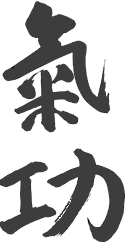
Ch'i Kung
(Qigong)

